Brandi Bell (@BrandiLAX) first gained experience in Airport Operations as an Airfield Manager with the Oregon Air National Guard/ USAF at Portland International Airport (PDX). More recently and simultaneously, she worked as an Airport Superintendent of Operations at Los Angeles International Airport (LAX). For Bell, working at the airport is not just a job; it is part of her passion for every aspect of the aviation industry. She continues to work with-in Airport Operations as a civilian and hopes to one day become an Airport Director of a large hub airport.
I had the opportunity to interview Bell about her personal experiences working in Airport Operations. Here is our interview:
AirlineReporter.com (AR): What is Airport Operations?
Brandi Bell (BB): The Airport Operations Department is responsible for airfield and terminal operations, security, and general public safety. Operations personnel oversee airport passengers and tenants; as well ensure that the day to day operations run smoothly and efficiently. They are able to provide educated and unified decisions during times of irregular operations or emergencies. Assisting Airport Security is also a responsibility of the department as far as recognizing basic potential threats and enforcing airport security policies.
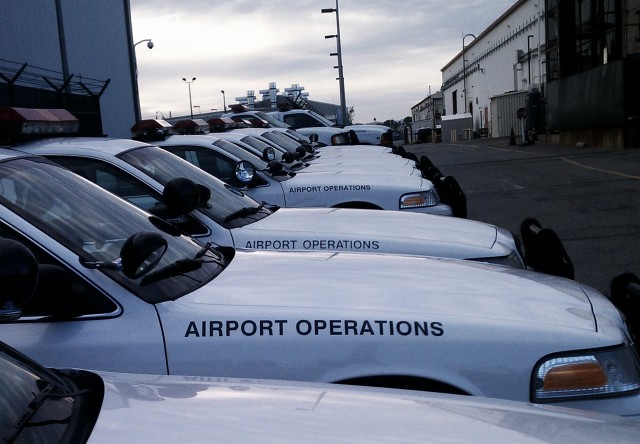
Airport operations is not just about airplanes. It takes hundreds of different vehicles to make an airport operate. Photo by Brandi Bell.
BB: Every child dreams of being a ninja, an astronaut, or a pilot. I flew for the first time when I was seven and the only thing I could pay attention to was how cool the airport looked from above. At that moment I knew I wanted my own airport. I figured the best way I could have my own airport was to be the boss of one. I enlisted into the military as an Airfield Manager hoping to use that as a stepping stone towards becoming an Airport Director. I am happy to say that that has paid off and has brought many opportunities including my job in the Operations Department at LAX.
AR: Why do you like airports?
BB: I don’t just like airports, I love airports. They are the gateway to the world. The typical passenger gets on a plane and expects to get from point A to point B with zero problems. What they do not realize is that in order for an aircraft to fly to and from those points, thousands of people and agencies have to work together. I love being a part of that team and understanding how it all works.
AR: What is your favorite airport from an operational stand point?
BB: My favorite airport domestically has to be LAX. I have flown to many airports in the US and LAX is by far my favorite. It is amazing for the simple fact that there are so many operations in such a condensed space. I am always impressed with how the tenants cope with operating in such small areas. As a passenger, I am always looking forward to the improvements that are always popping up and am fascinated by the history of the airport in general.
AR: What is your favorite part of Airport Operations?
BB: My favorite part is being a part of the “bigger picture.” It makes me happy to think that I get to be a part of the “Airports of the Future Era.” With new technologies, innovative ideas, and passionate people it is a blast to step into any airport.
AR: What is your least favorite part?
BB: My least favorite part of Airport Ops is politics. Learning airport politics was a real challenge because I am a doer. Most times politics comes into play and a lot of processes are slowed. Small things such as replacing a sign or painting a wall can take forever. At times I was tempted to grab the bucket of paint myself, but policies are put in place for a reason and I now better understand it.
AR: What is the most important thing about having an airport run successfully?
BB: The most important thing is for every agency to work towards a common goal. That goal being: continuous, safe, efficient, and on time operations. In other words…TEAMWORK!
AR: I know there is no “typical day”, but tell me what are some of the things you would be responsible for during the course of your job.
BB: A typical day starts off with a shift brief. All pertinent information such as closures, meetings, delays, emergencies, personnel shortage, maintenance issues, and irregular operations is passed on. Airfield Ops will conduct required inspections of runways, taxiways, signage, paint/markings, concrete, fence lines, navigational aides, and tenant lease holds. Terminal Ops will conduct their inspections of fire exits, ticket counters, signage, carpets, gates, baggage systems, security checkpoints, restrooms, and all ramps.
Throughout the day both Airfield Ops and Terminal Ops will communicate with tenants to address any concerns, respond to all types of emergencies, ensure smooth passenger flow, enforce ground transportation policies, assist with crowd control, and even oversee such things as film productions, paparazzi and VIPs. At the end of the day we will perform another shift brief.
Not one day is ever the same. This is a small snippet of what Operations does. Something new and exciting always pops up and some days are very difficult. Most of the time this involves medicals, irate passengers, and security issues such as bomb threats, security breaches, and weapons.
AR: If flights are scheduled, why do so many planes get backed up waiting to take off?
BB: Simply; the Domino Effect. Many natural variables come into play. Most people think about weather, but there are many other types of things that can cause a back up. For example, if a volcano is spewing ash then the aircraft are rerouted which causes Air Traffic Control (ATC) to reroute other planes and so on. Other variables include spacing of aircraft (ATC), in-flight emergencies, ground emergencies, natural disasters, medicals, and airport closures (taxiways and runways) can also cause diversions. So when you get frustrated sitting on the tarmac for a few hours trust me when I say, “It is for your own safety.”
AR: What do you think is the biggest challenge that LAX faces?
BB: LAX is situated in a position where expansion is nearly impossible. The ocean is on one side, neighborhoods border the other sides, and the endangered El Segundo Blue Butterfly also places expansion restrictions. With this said, the most difficult challenge that LAX faces today, is the ability to operate safely in such a condensed space. With wingspans growing and aircraft getting larger, the Operations Department is struggling to maintain the airfield within regulations.
AR: Where do you think LAX will be going in the future?
BB: Now is the “Airport of the Future Era.” Airports can only grow as long as the industry demands. In the past couple of years they have seen an increase in aircraft sales and passenger movement. With the A380 and Boeing’s 787 ,747-8 and 777-300ER in popular demand, it is safe to say that the industry is recovering. LAX has recognized this and has begun to take steps towards building a better, more efficient, and modern airport. You can see this with the Bradley West Terminal project, new ARFF station, state of the art Airport Response Coordination Center, and terminal reconstruction projects. LAX will be expanding greatly to accomplish their Master Plan goal and will become the, “Airport of the Future.” You can take a virtual tour of LAX online.
AR: What is the most interesting thing you have seen while being in Airport Operations?
BB: Most people do not know that in the early 1960’s, engineers attempted to tunnel Lincoln Boulevard under the north runways. I was able to climb into this tunnel with some coworkers. The tunnel is actually four to six car lanes wide and is only accessible by a man hole. You have to drop down about 10 feet into the man hole then carefully climb down a small re-bar ladder another 20-30 feet. Once in the tunnel it is pitch black, a dirt floor, Pepsi cans from the 60’s scattered, and very cold. When you reach the end, there it is a giant concrete wall where they had stopped construction. The tunnel undergoes periodic inspections for structural integrity and after every earthquake.
AR: What was the most disturbing thing you have seen?
BB: I have seen some very disturbing things from homeless drunks to mentally ill people, suicides to bomb threats, custody battles to runaways, and gang bangers to drug dealers. The one thing I can never get over is when a passenger dies on board an aircraft.
This one time, we had a passenger and his wife flying inbound on an international flight. His wife had a heart attack and died with several hours of flight time remaining. The only thing to do at that point was to put a blanket over her and continue with the flight. It had to be horrid for the husband since he had to sit next to his wife the entire flight. I felt so bad for him.
When the flight arrived and deplaned, the coroner and medics boarded the aircraft. The woman was a larger woman and rigor-mortise had already set in. It took several people to remove her with a catering truck from the aircraft. I had to stand next to the husband the entire time and escort him through the terminal to Customs. After everything was said and done I had to go to the office, shut the door, and cry. Just because we accept the bad parts of our job does not mean that it does not bother us.
AR: What has been the best experience you have had while doing Airport Operations?
BB: We had a giant drug bust at LAX. A passenger traveling internationally had checked an entire suitcase full of pure cocaine. They had hidden it in candy boxes and Metamucil bottles. They did this by taking a razor blade, carefully removing the sealed plastic under the lid, pouring out the Metamucil, inserting the cocaine, placing a divider, and putting some Metamucil back in the bottle. They finally glued the plastic back on and screwed the lid on tight. Kind of smart except for the fact that we have many layers of security to find just exactly that! It was interesting to see the entire process.

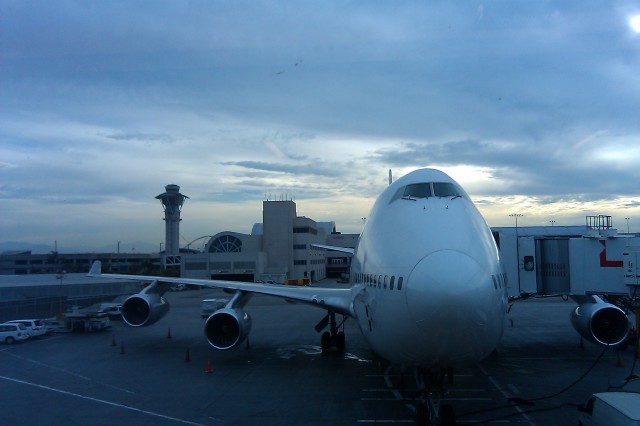
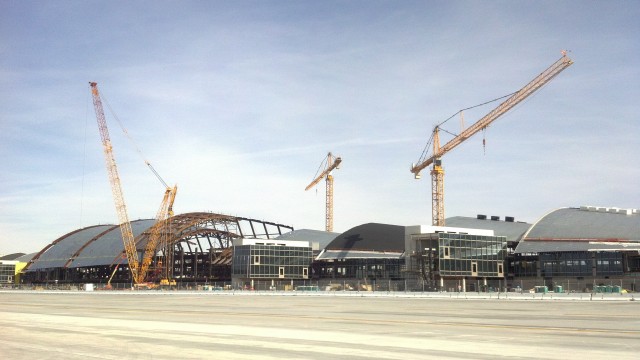
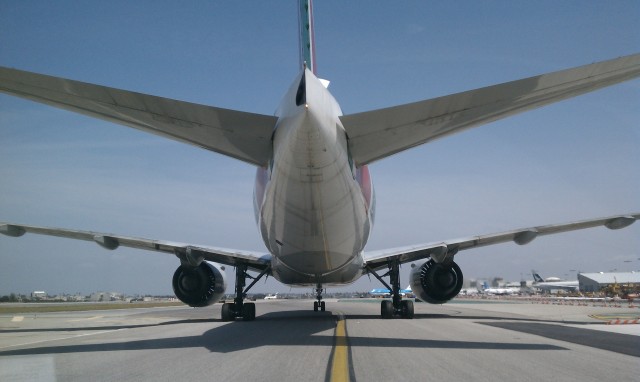
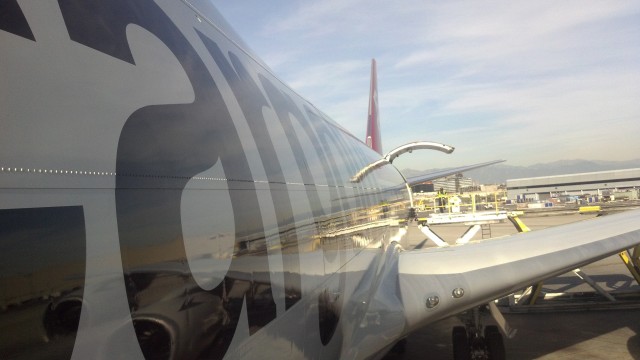
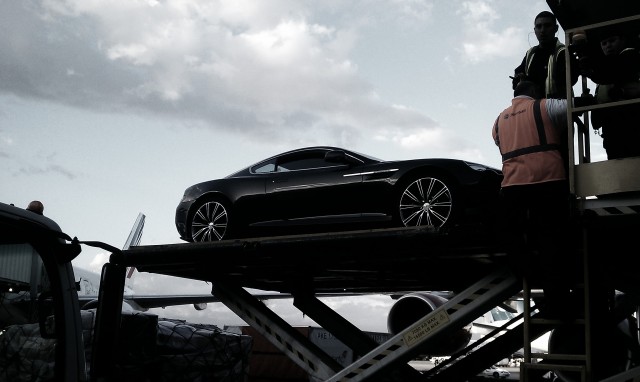
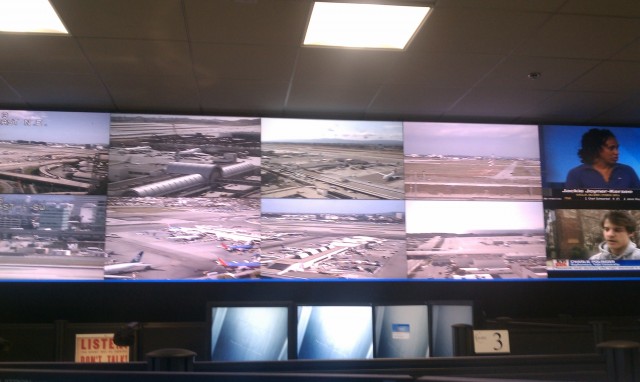
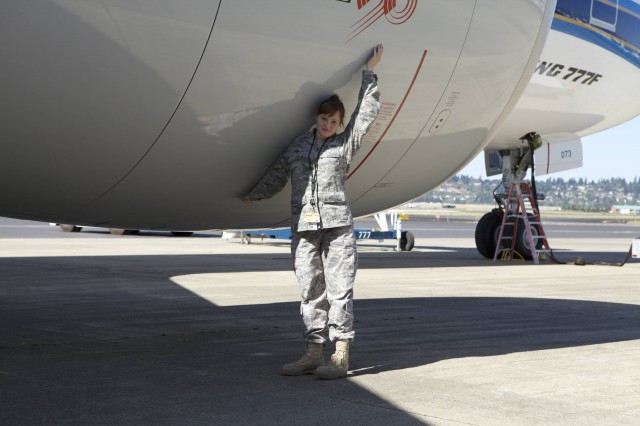
No comments:
Post a Comment